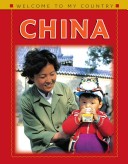
This series introduces young readers to the diverse cultures and peoples of different countries around the world.

This series introduces young readers to the diverse cultures and peoples of different countries around the world.
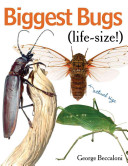
Life-sized photos of the world’s biggest bugs in full color.Biggest Bugs Life-size is a veritable jump-off-the-page spectacle for bug enthusiasts. It is the first book to include color photographs of 38 of the world’s biggest, heaviest, longest and mightiest bugs reproduced at their actual size. Concise text gives all of the essential facts, including the bug’s size, what it eats and who discovered it. Maps show where the bugs live.The book’s dramatic gatefold shows the world’s longest bug — at 22-inches, the Chan’s megastick is almost as long as an adult’s arm. There is also the gargantuan cockroach, with the longest wingspan in the world, and the potentially pesky gigantea beefly, which is as big as a human eyeball. Even the names are big: giant hawker dragonfly, colossus earwig, giant tarantula hawk wasp, goliath bird-eating spider, Amazonian giant centipede, titan longhorn beetle.Biggest Bugs Life-size shows the bugs as they are in real life, in brilliant color and in enormous photographs that readers won’t soon forget.
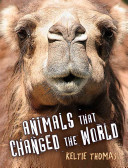
How animals big and small have shaped today’s world. From furry felines to hard-working horses, animals have had a tremendous impact on world history. For example, rats, through the diseases they carry, have probably killed more people than any war or natural disaster, goats may have been the first to discover coffee and, thanks to camels, people were able to survive for long periods in the desert and open up trade routes between Europe and Asia. However, animals can also be destructive. Mosquitoes spread deadly diseases — and may even have killed Alexander the Great. Some animals have changed the environment by damaging whole ecosystems, creating deserts in their wake. Others, like the elephant, have been used as weapons of war. Among the more than 20 animals featured in this book are dogs, sheep, dolphins, silk moths and beavers, all of which have changed the course of history for better or for worse. Lighthearted and humorous, with intriguing photos and informative sidebars, this book ensures that readers will appreciate all animals with newfound awe and respect.
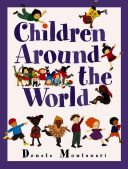
No matter where they live, children are always curious about the world. But nothing proves more fascinating to them than other children. Exploring the themes of commonality and diversity, this informational picture book introduces young readers to 12 children from around the world. Speaking in the first person, the children briefly describe such things as the language, food, clothing, schooling and daily life of their region. One of the most appealing aspects of this book is the artwork, which features the use of fabric, paper, mesh, string and felt in multimedia collage. Through the use of colors and textures, each child emerges with a distinctive and endearing personality.
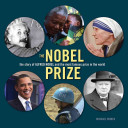
“I would like . . . to help dreamers, they find it hard to get on in life.” — Alfred Nobel. Alfred Nobel, born in Sweden in 1833, was a brilliant inventor and businessman. Although he held more than 300 patents when he died in 1896, he earned his extensive fortune and worldwide fame through his invention of dynamite and his work on armaments. He never married and was constantly on the move around Europe, visiting his manufacturing plants.His handwritten one-page last will and testament directed that the majority of his vast fortune be invested and the interest distributed to the most deserving individuals in the fields of medicine, chemistry, physics, literature and peace. Between 1901 and 2009, the five Nobel Prizes and the Prize in Economic Science were awarded 537 times.This book tells the fascinating story of how a few simple instructions in Nobel’s will were transformed into a huge philanthropic organization that holds a unique position in the modern world.The Nobel Prize covers: The life and accomplishments of Alfred Nobel His will and the establishment of the Nobel Prize Committee How the Nobel laureates are selected The establishment of the new award in Economics in 1968 Profiles of U.S. presidents and world leaders who have won the prize Lists of families and individuals who have won the prize Profiles on the lives and accomplishments of the most famous laureates The backgrounds of each of the six prizes: chemistry, physics, medicine, peace, literature and economicsThe Nobel Prize brings to life the story of the world’s most famous prize.
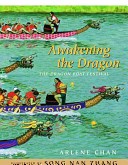
In ancient times, the Chinese saw the dragon as both a protector and a threat, able to bring on rain or cause droughts. To honor this powerful creature, people created long narrow boats that they raced in an annual rainmaking festival. From the wearing of fragrant pouches, to the consumption of rice dumplings, to thrilling boat races, the dragon boat festival of today is a celebration of Chinese traditions all over the world. Arlene Chan, a respected librarian and an experienced dragon boat racer, explores the origins of the festival, it’s customs, and the races themselves. Beautifully detailed illustrations by Song Nan Zhang let you experience the beauty and energy of this ancient festival.
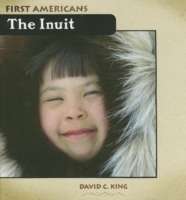
Provides comprehensive information on the background, lifestyle, beliefs, and present-day lives of the Inuit people.
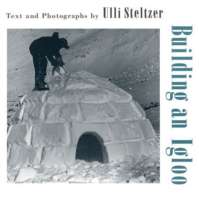
In crisp black-and-white photographs, Ulli Steltzer documents the beauty and precision of an igloo’s construction – from stacking blocks of snow to cutting a door – in this informative picture book.
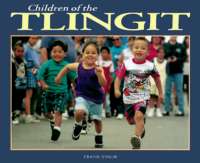
Introduces the history, geography, and culture of the Tlingit people in Southeast Alaska through the daily lives of children who live there.